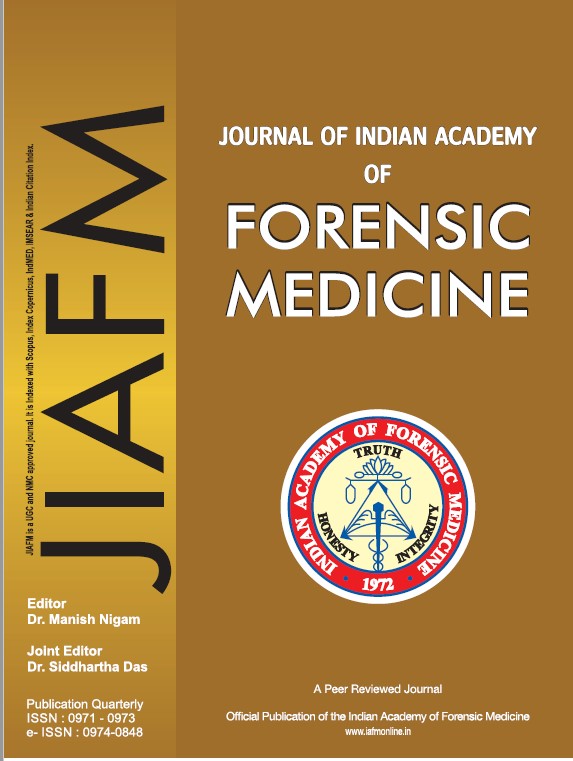Dead Bodies – A Potential Source of Infection for COVID-19 1
Keywords:
Post-mortem, Nasal swab, Covid19, Dead bodyAbstract
The recent Covid-19 pandemic has raised a lot of questions regarding the mode of transmission of the virus. The rapid spread across the globe has compelled researchers to focus on this issue. Theories claiming droplet transmission, fomites as well as airborne transmission have cropped up. The primary concern for the autopsy surgeons is whether the dead bodies harbor the virus and if so for how long. The present study was undertaken to find out the possibility of the virus being isolated from the human cadavers by testing at specified intervals after death. Out of the 74 cases examined, 59.5% of cases tested positive 1 day after death and 20.5% were still positive 5 days after death. The difference between males and females was not significant. The age of the subjects in our study ranged from 20 days to 90 years. The results of the study clearly indicate that the virus persists in the human cadavers for a sufficient period of time to act as a potential source of infection. Adequate precautionary measures while packing the body and autopsy examination are of utmost essential to prevent the spread of the disease among the dead body handlers and the family members while performing the last rites


